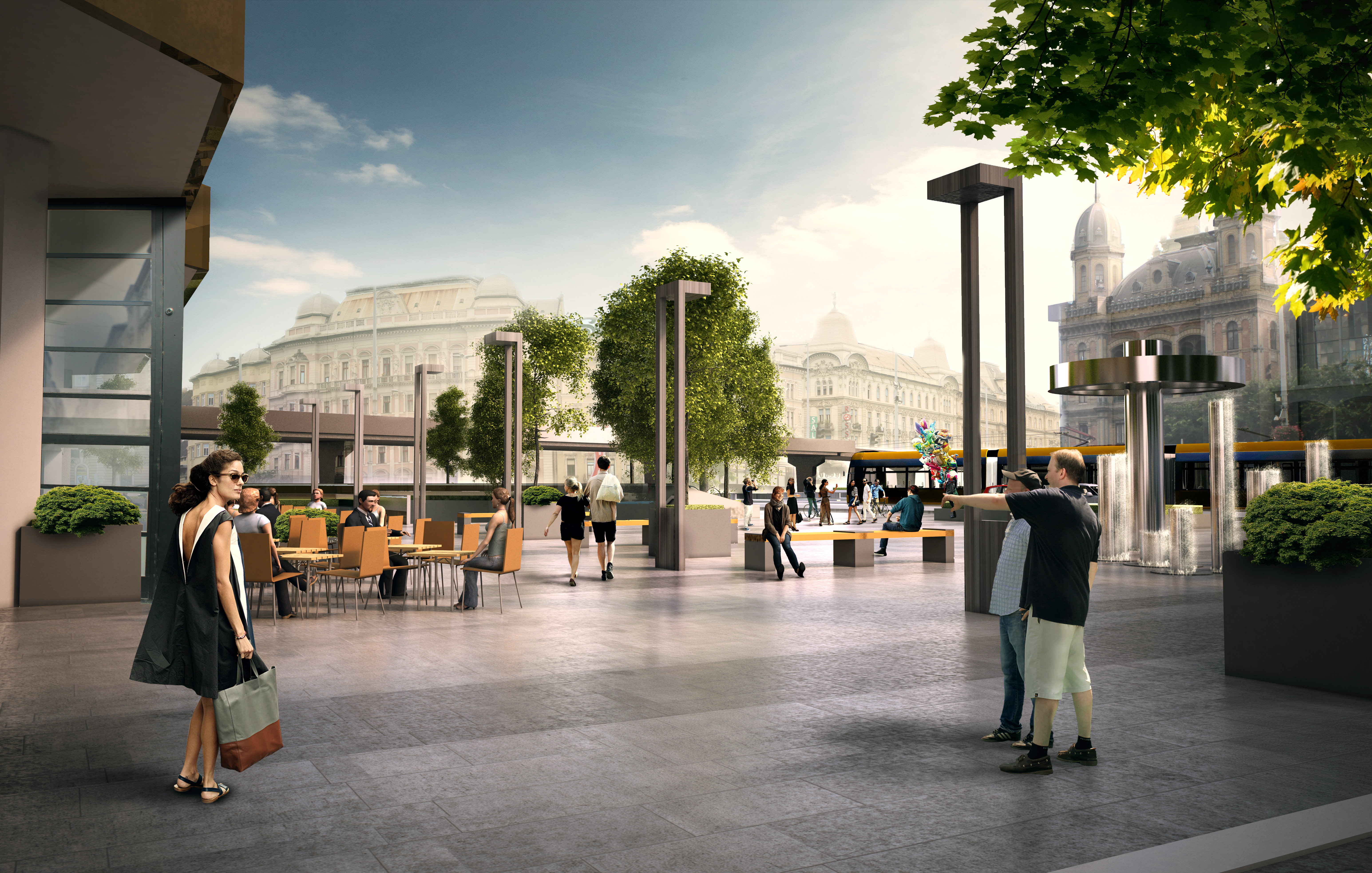Nyugati Square is one of the busiest in Budapest. This is where the crowd arriving at Nyugati Railway Station meets those using the north-south metro line as well as commuters using the busy tram line of the Grand Boulevard. While the redevelopment is now under tender, we met with Terézváros district's chief architect, István Matus, who told us about the changes envisaged for the area.
Always busy
As we have discussed before in a
previous article about renewing squares , Nyugati Square has been amongst the busiest in
Budapest since the mid-19th century. In 1846 the first Hungarian train line between Pest and Vác departed
from here, then during the construction
of the
Grand Boulevard the
Nyugati Railway Station
was built replacing the old station. The Nyugati Railway Station was built using the plans of the Eiffel-office.
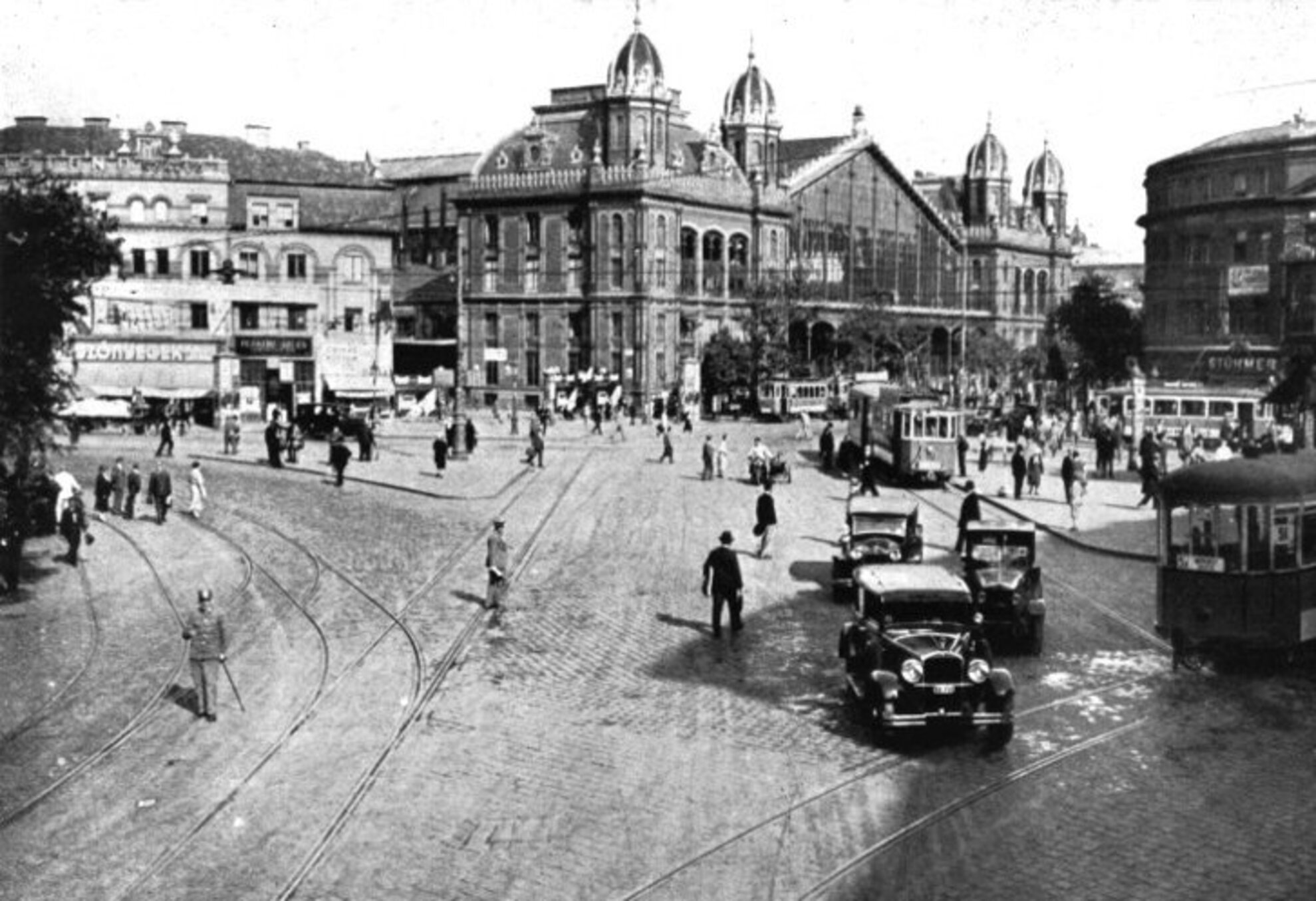
The other main
building of the square is Skála Metró Store, finished in 1984, which was built using some of the best
architectural techniques of the time. The store's
slogan was "to the Metró by metro." Designed by
György Kővári,
who also designed the Déli Railway Station, the smoked glass covered building
was the epitome of socialist luxury at the time.The store offered everything from blenders to personal computers, video cassettes and even suits.Plans and aims
Over the years the Square became
worn out.
"This area is the opportunity for the development of the district," said the chief architect of Terézváros district
István Matus . The first step was to take a look at what is not working
well at the Square. One of the main
issues
is that while
Nyugati Square is a key
meeting point
there is simply not enough space.
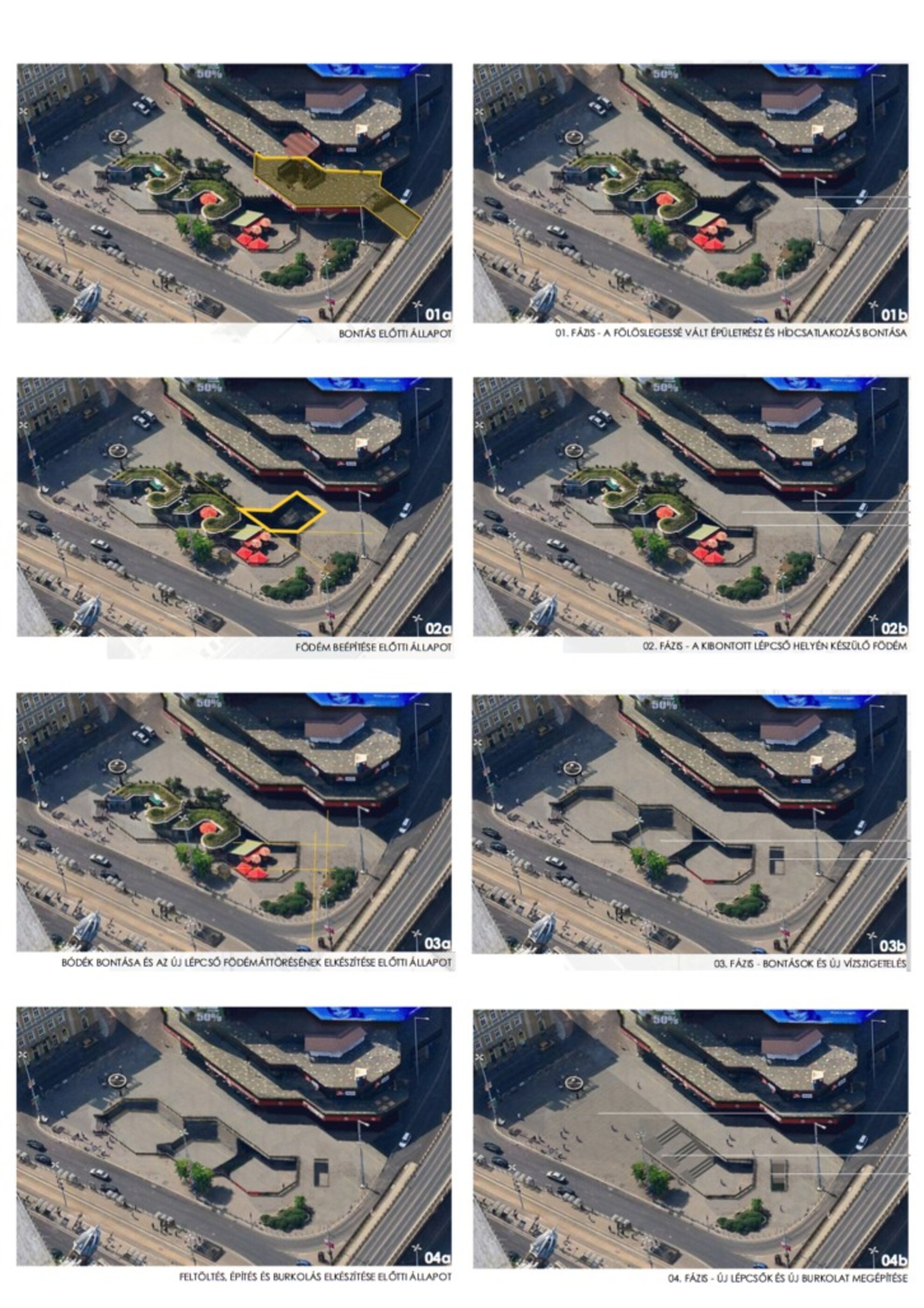
"We want a more simple, robust, but not over-structured square," says the architect. This is why the redesign would
make the now useless
stairs disappear,
and make the Square greener and more
thoughtfully designed . "It is important for the square to communicate with its environment, so we have to make connections with the other places and buildings around it. Also, the maintenance and upkeep should be easier, so we would only like to use quality materials for the construction," the chief architect said.The newest architectural drawings Over the past few years there have been several architectural drawings
made for the area, mostly by Város-Teampannon Kft., which has vast experience in designing public places. The company's ideas have
changed a lot over the years, but the current drawings provide
a much clearer
idea of what is imagined for the area.
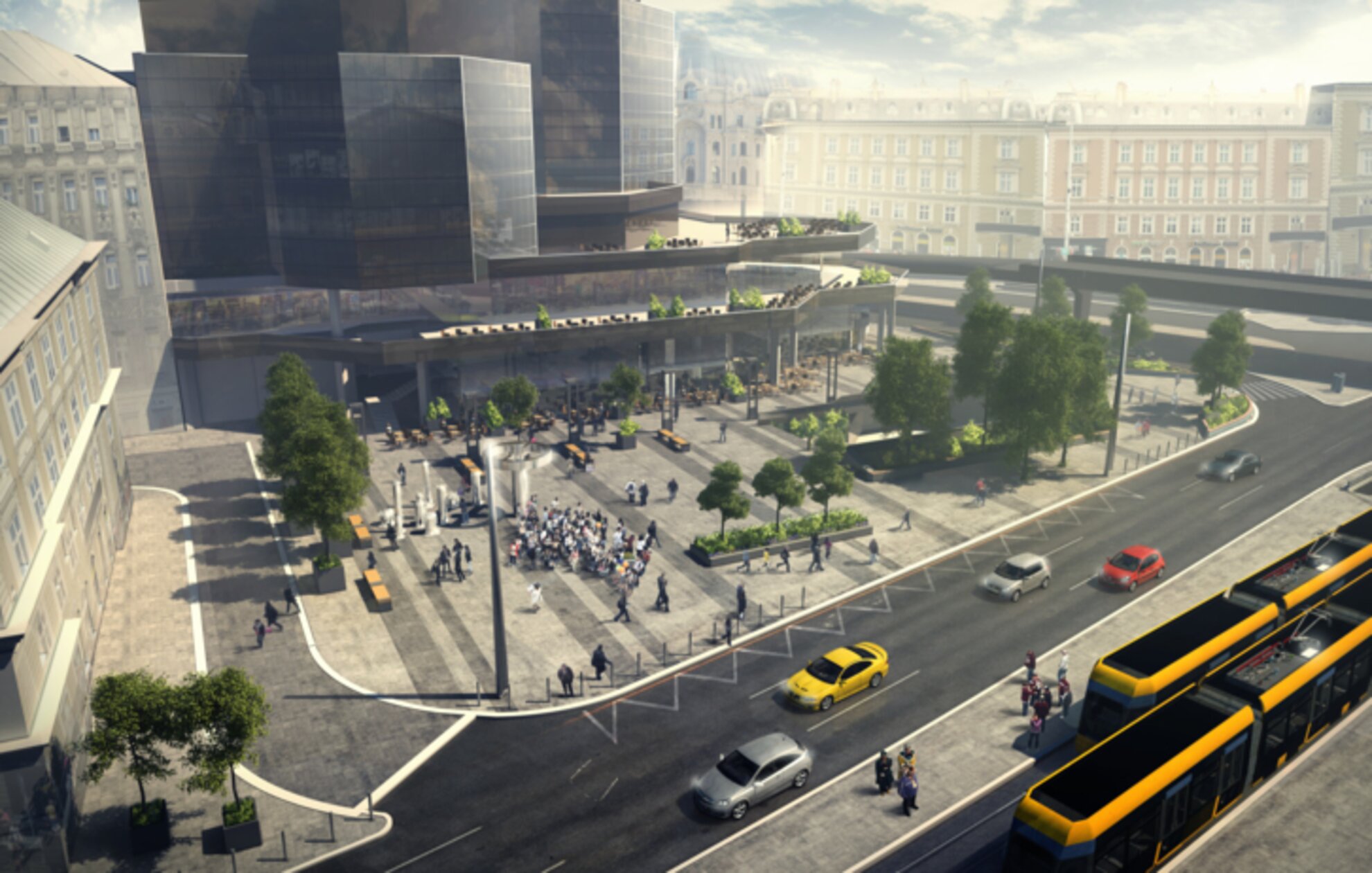
One of the most evident changes is that the square will be a lot greener. At the same time
the Square is first and foremost a meeting point, and under the square there are concrete steel reinforcements and technical structures, which cannot be easily moved. This means in some places
there would not be enough room for the roots of trees so trees are going to be in plant containers that match the look and feel of
the redesign.
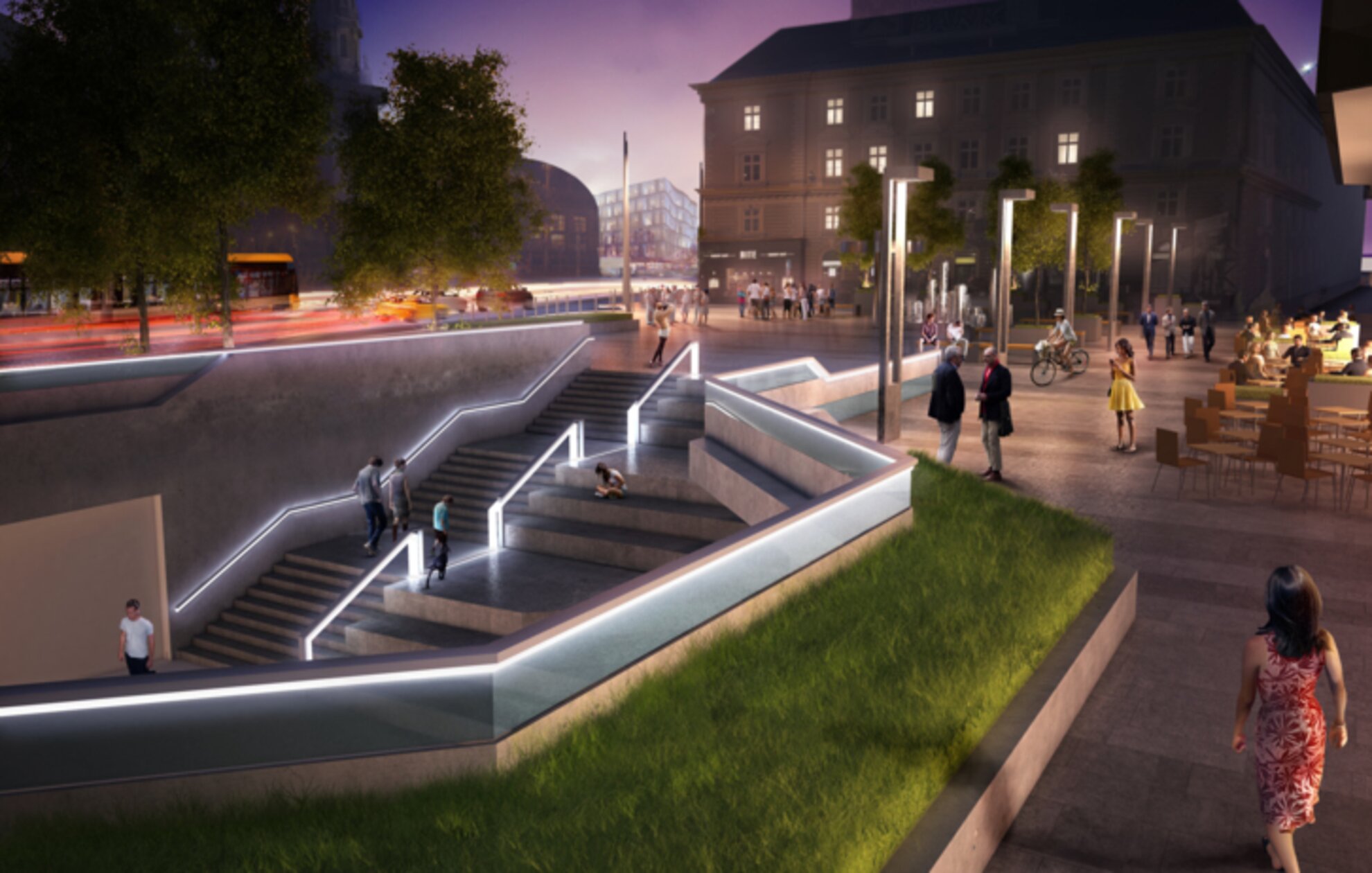
The most important aim is to give the square a clearer structure and strengthen its link to its
surroundings. The designers say it's
important to make it
possible to walk across
the Grand Boulevard
without having to use an
underground passage. According to the plans, the connection of the
Nyugati Railway Station
to the Square would also be improved. The plaza also wants to take part in the life of the Square; it would have
a commercial and catering function with
a bookshop, clothing stores and a café.
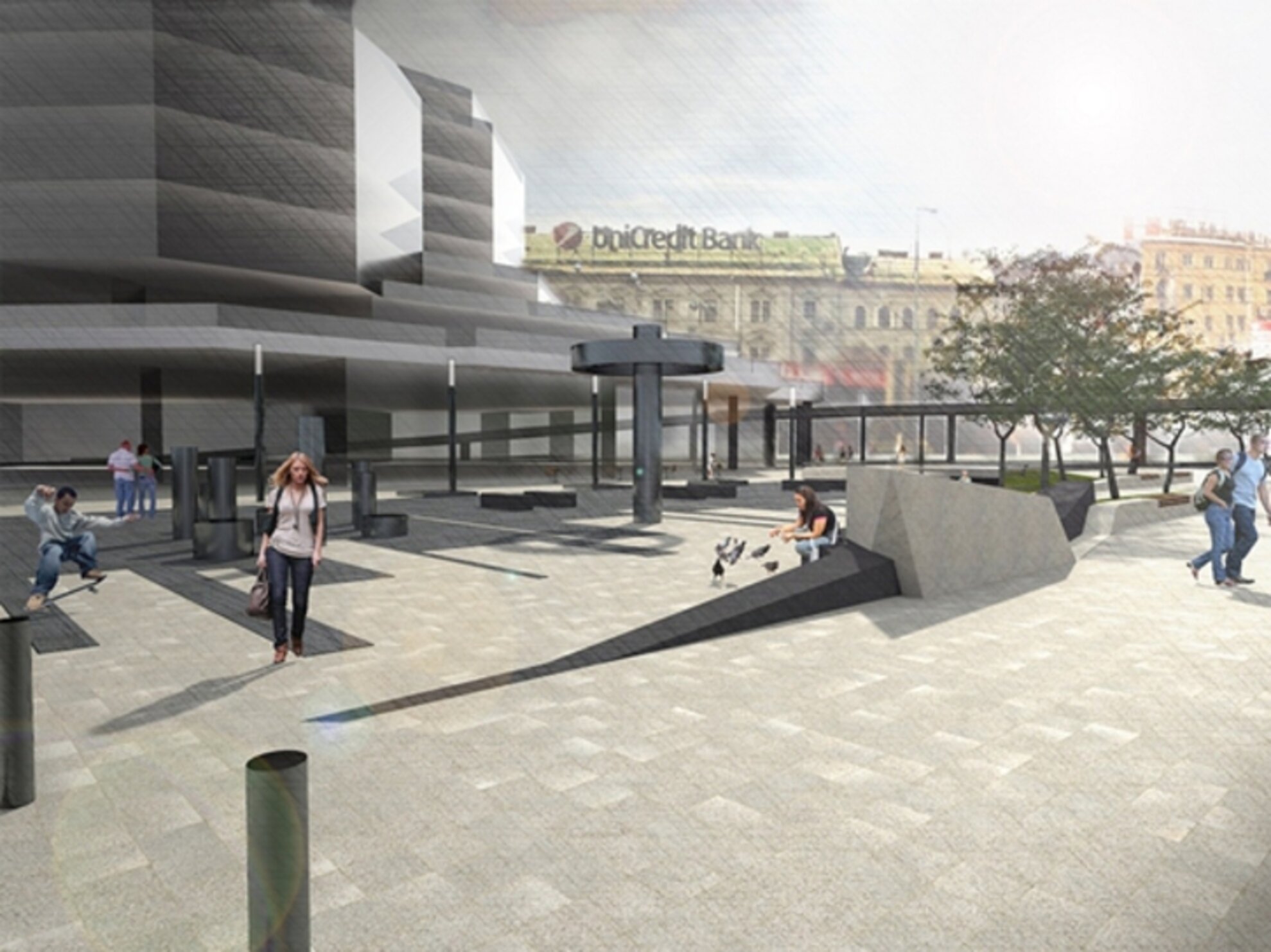
It is clear
from the plans that the designers envisage the
use of
natural stone materials , which make the upkeep of the square cheaper and creates a quality space for people to use as a meeting point. The plans also show that Jókai Street is to be level with the Square. With the removal of the parking lane
cars may
also have to go slower. However, the elements that define the identity of Nyugati Square will remain
such as the legendary clock, which serves almost as a statue.
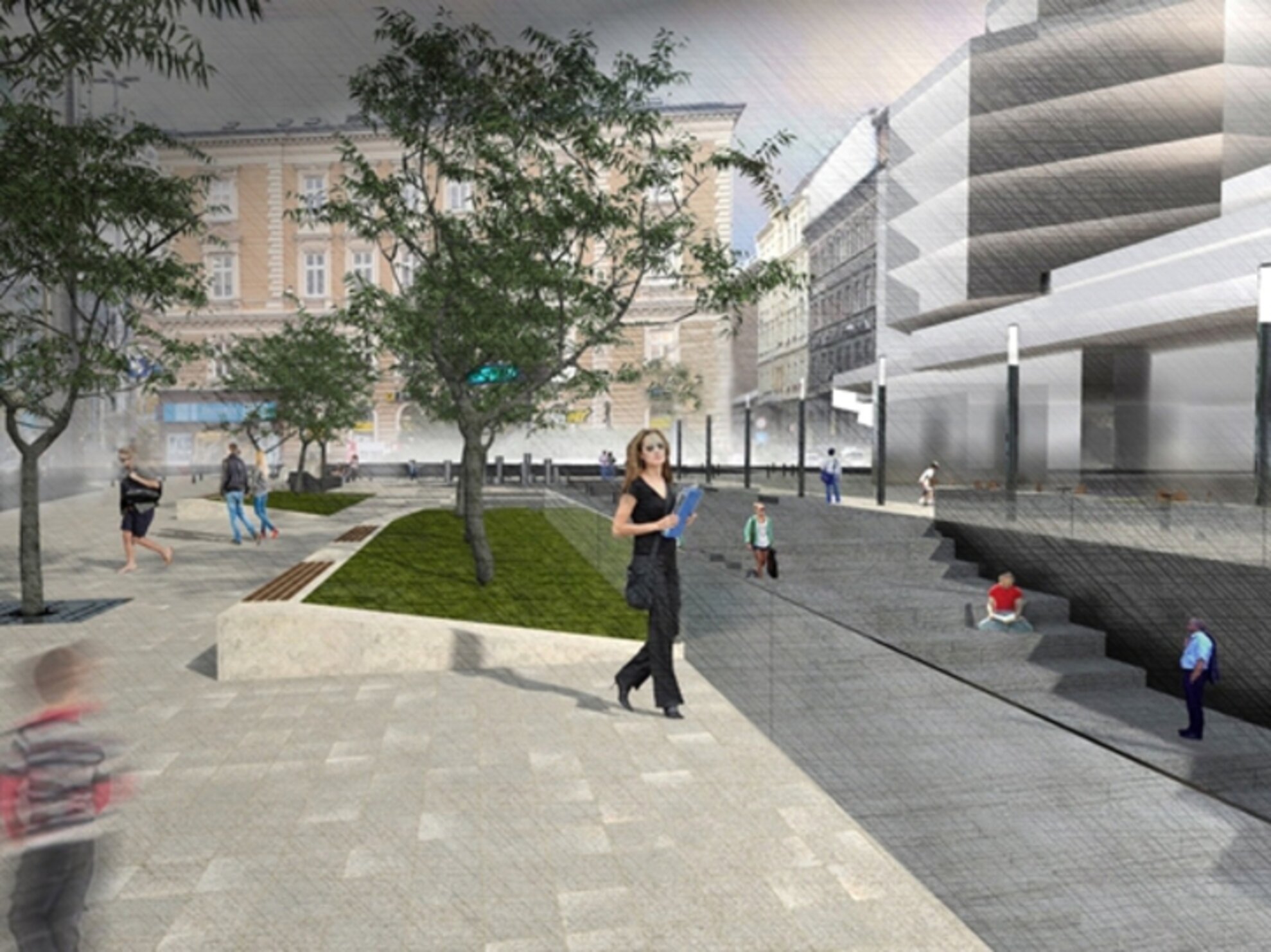
The district won a bigger sum for the construction, but the amount does not fully cover the planned
renewal. In theory, there are two options; reduce the quality or the scale of the project, meaning that they work on a smaller area with more simple materials. As neither seemed to be beneficial in the long run, the district has decided to change the pace of the work; they will start construction a little later, when the district can provide more support. There are also hopes that
there might be some additional
financial support from elsewhere too.
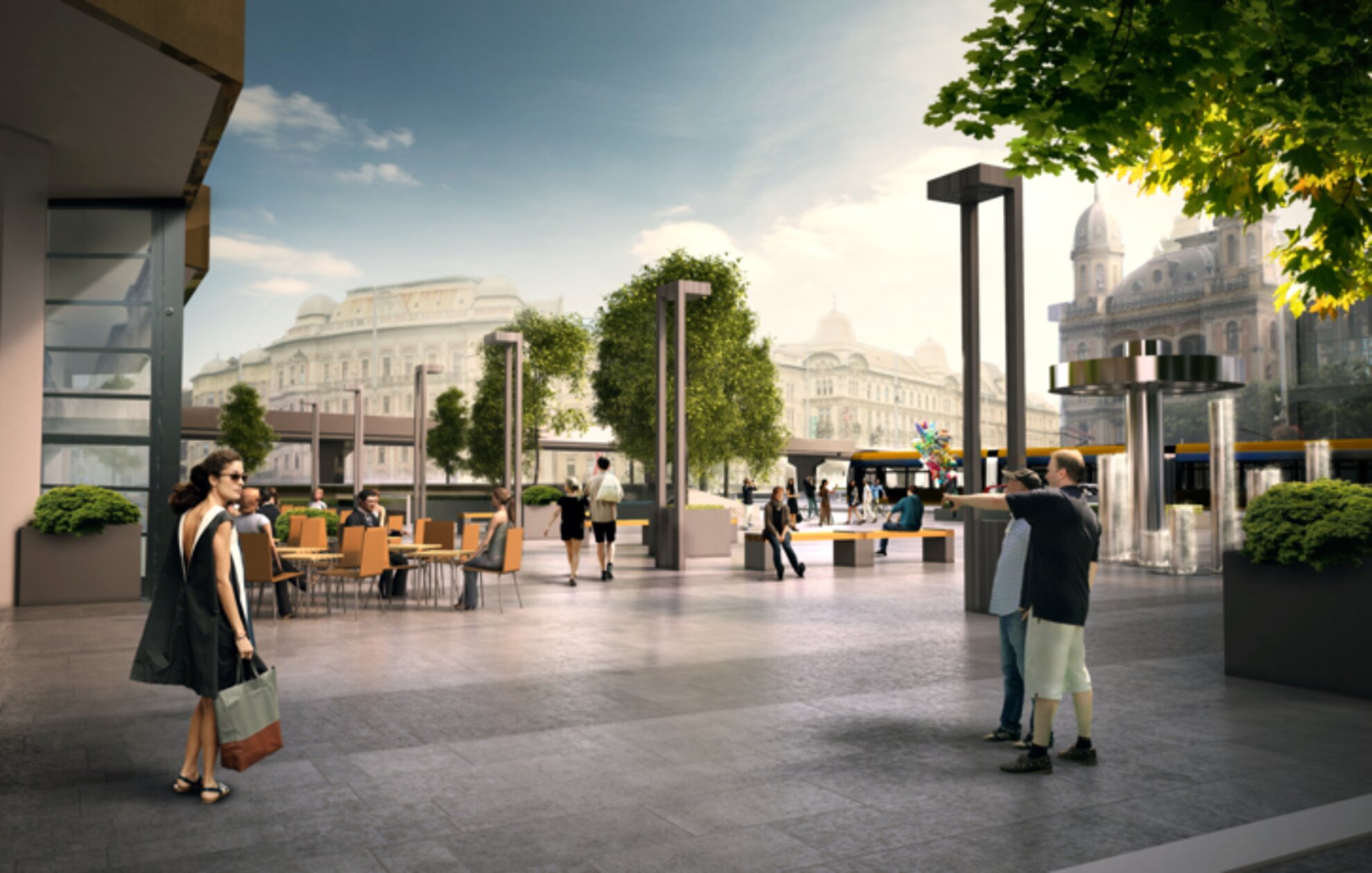
Currently it seems that works will start in February and seeing the plans, all we can say is that we cannot wait for construction to finish. As soon as it is complete, Budapest will be richer with yet another greener, more civilised
and liveable public space.
